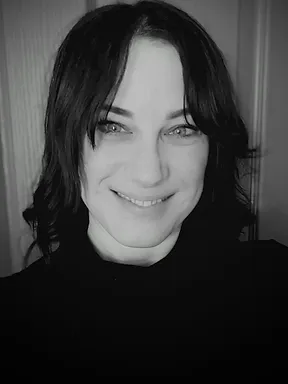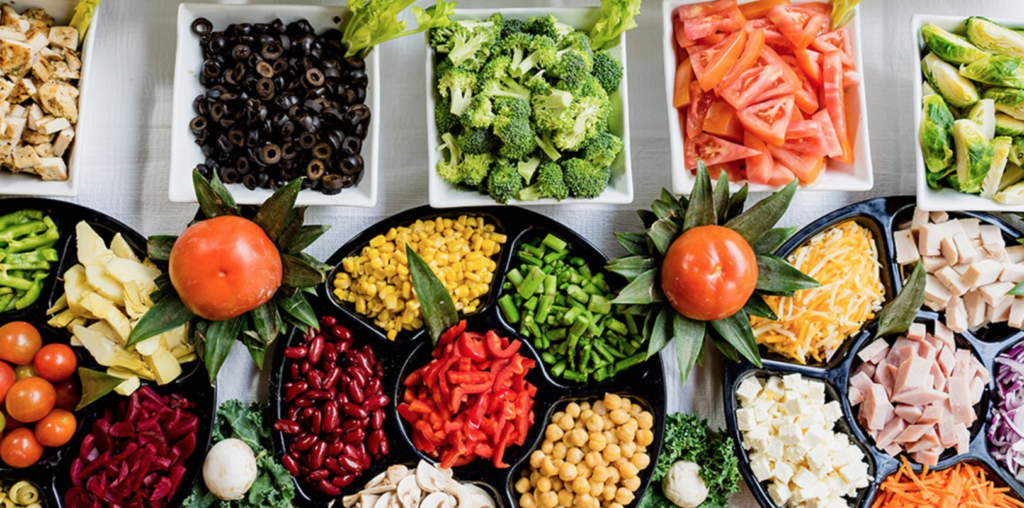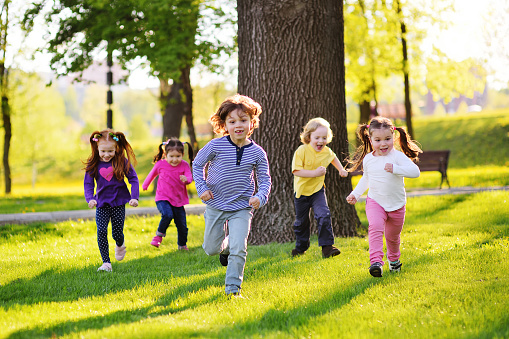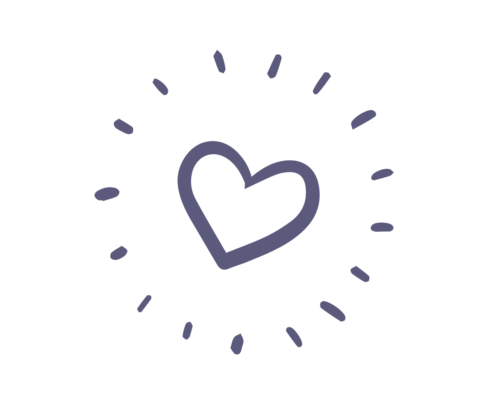How it starts
In our lives, we might have had experiences that led us to feel threatened and unsafe, we didn’t have the sense of how to process it in the moment. Because of this, our brain was unable to store the memory of that experience(s) in a linear and logical way. The memory sometimes ends up being scrambled and unprocessed in the brain. When this happens, our brain can end up perceiving that unprocessed memory as something that is still happening to us and rings the alarm bell, known as the Fight and Flight response. Over time, that consistent state of alarm in the body can have negative long term effects.
When our system is unbalanced
When our Autonomic Nervous System is unbalanced because of the constant state of Fight and Flight, it can impact the body’s ability to regulate Dopamine, the chemical in the body responsible for feelings of pleasure, satisfaction and motivation. Sometimes, we will seek out dopamine “hits” to satisfy or balance this. Dopamine hits can come in many forms: watching a good movie, eating a satisfying treat, spending time laughing with a friend. However, sometimes we can become addicted to the feeling of the Dopamine high and seek out bigger and longer sustained hits or highs through excessive video game play, drugs, alcohol, overeating and many others. This is when it can begin to look like an addiction.
When Our Children seek Dopamine highs that lead to addiction
As a parent, you might wonder if your own child is becoming addicted or has an addiction issue. Here are some signs that this might be the case:
• Changes in friends
• Negative changes in schoolwork, missing school, or declining grades
• Increased secrecy about possessions or activities
• Use of incense, room deodorant, or perfume to hide smoke or chemical odours
• Subtle changes in conversations with friends, e.g. more secretive, using “coded” language
• Change in clothing choices: Mirroring the clothing choices of friends, influences that support addictive behaviours
• Increase in borrowing money
• Evidence of drug paraphernalia such as pipes, rolling papers, etc.
• Evidence of use of inhalant products (such as hairspray, nail polish, correction fluid, common household products); Rags and paper bags are sometimes used as accessories
• Bottles of eye drops, which may be used to mask bloodshot eyes or dilated pupils
• New use of mouthwash or breath mints to cover up the smell of alcohol
• Missing prescription drugs—especially painkillers, narcotics, and mood stabilizers
How do I support a child that may have unprocessed trauma or addiction?
• Begin with a compassionate conversation. Remember that your child may be using their addiction to soothe pain. Offer addiction counselling support and consider attending a group yourself such as Al Anon. Seek out conversations with their support people and seek to increase supportive people in their life. Finally, consider healing for yourself through counselling supports. Remember, a healthy parent can more readily support health in their children.
There is Hope
Do not lose heart if you believe your child has unprocessed trauma and addiction. There is healing for both, and you are not alone. Although it may seem overwhelming now, many parents have seen their children experience healing from trauma and addiction and find a new, and healthier road ahead.






